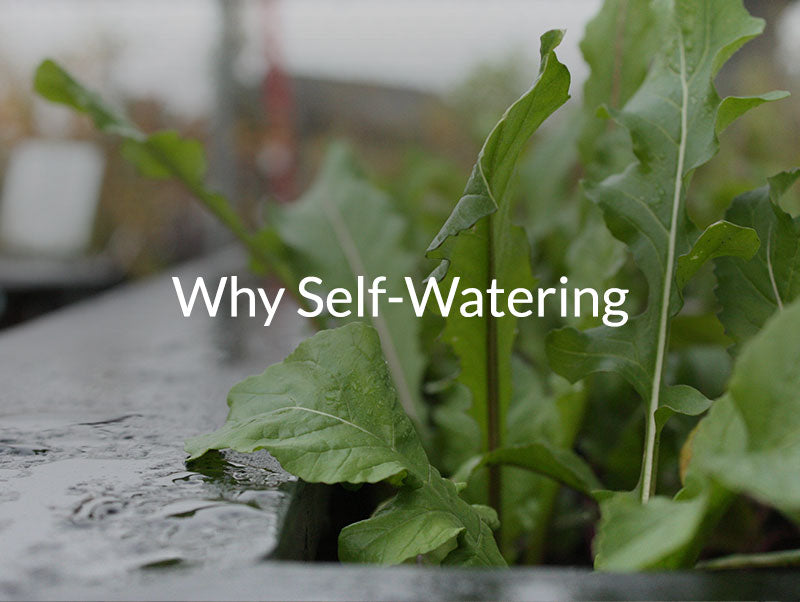The GardenWell Routine - Fundamentals & Watering
The GardenWell Routine makes growing your own food fun, and easy to integrate into your day to day lifestyle. We’ve synchronized all the planting, harvesting, and garden care tasks essential for growing your own food - with the low maintenance watering schedule of your LifeSpace Garden - or any garden built with GardenWells.
The Self-Watering Advantage
Generally speaking GardenWells reduce the need to water from a daily task to weekly or less - often only 12 times a year. So instead of sporadic and stressful garden maintenance, you can perform all the fundamental garden tasks while filling up your reservoir.
3 Steps in Spring, 6 in Summer, 3 in Autumn
Keep in mind, that this is for guidance. Each garden varies in what is grown and in their macro and micro-climates. There will most likely be some variations, so make sure to check in keep an eye on the Hummingbird and lets grow
Watering Fundamentals
GardenWells create an even and consistent moisture level that is ideal for your plants veggies and flowers to thrive.
This happens via caplillary action - Water wicking from the reservoir up into the soil like sponge, emulating a natural water table. Keep in mind, a damp sponge soaks up water much easier than a dry one, and your soil is the same. So start your garden off by top watering, then keep it growing by filling directly to the reservoir
As an extra bonus for long-term garden success, consistently moist soil is an ideal environment for Living Soil - keeping your soil alive and thriving with microbes, mycelium, and perhaps most importantly - earthworms, the caretakers of your soil health. Earthworm cocoons (eggs) can freeze, can be temporarily submerged, but CANNOT dry out. Learn More about Living Soil here.
The 3 Times You Need to Top Water
2. IF YOUR EVER LET IT GO COMPLETELY DRY
It’s normal for the top 2-3" of the soil to dry out, functioning as a mulch to lock the moisture in down below. But if your reservoir ever runs completely dry and your soil dries out, soak it from the top to restart the self-watering action.
3. WHEN ESTABLISHING PLANTS OR PLANTING BY SEED
In between rains, the top 1-2 inches of your self-watering garden is going to dry out. This is good, as it form a natural mulch trapping the moisture in down below. However, this is not good when starting from seed, as the seeds need moisture near the surface to germinate. So during this process, gently top water until your seeds have sprouted and they are fully established ( usually after 2-3" tall).







